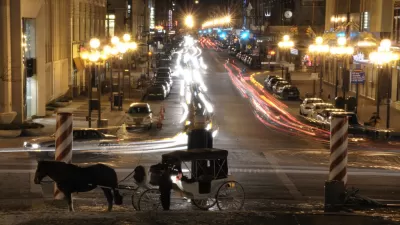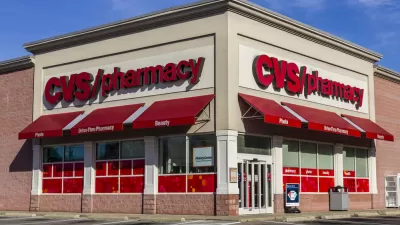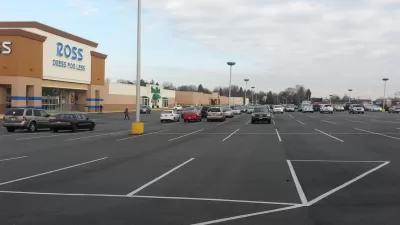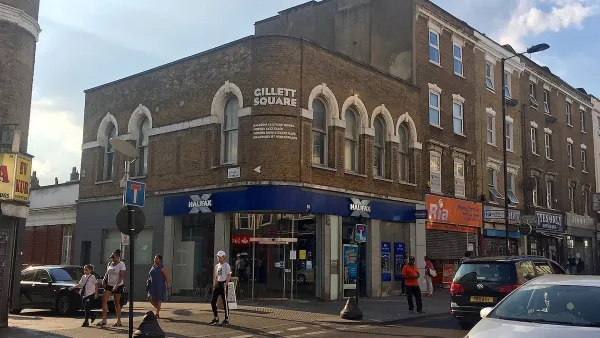How do you define a cool city? What makes a street or neighborhood hip? It's not too difficult to identify the right ingredients; it's putting them together that becomes the challenge.

Writing in the Indianapolis Business Journal, urban designer Tom Gallagher finds that Indianapolis' glowing reviews from Bon Apetitmagazine and Cushman & Wakefield -- describing the city as "something way cooler than Brooklyn" and one of the hottest urban retail markets in North America, may give clues about what actually defines and makes a city "cool". The trend toward historic neighborhoods and a return to Main Streets by Americans has come from a desire to go to places that are "relentlessly local, authentic and as meaningful."
With little exception, they are in old quarters of cities where a dense arrangement of turn-of-the century storefronts remains intact. Is the draw, then, history, nostalgia, patina? I argue there is something more: the fine-grained urban fabric.
...
Some of this is intrinsic to being human. Psychologists suggest we are drawn to things that are complex but not complicated. We, generally, like a little mystery, maybe even some risk, without tipping over to scary; too simple and we lose attention. Disney understands this perfectly. When you walk down “Main Street USA,” though you know it’s not part of a real town, the tight rhythm of storefronts is comforting and inviting.
Gallagher writes that these cool streets and neighborhoods also offer opportunities for entrepreneurs to experiment and grow businesses, which creates a more authentic place in the community -- presumably because these spaces aren't overrun with chain stores found in every other city in America.
FULL STORY: Cool districts need authentic, fine-grained foundation

Maui's Vacation Rental Debate Turns Ugly
Verbal attacks, misinformation campaigns and fistfights plague a high-stakes debate to convert thousands of vacation rentals into long-term housing.

Planetizen Federal Action Tracker
A weekly monitor of how Trump’s orders and actions are impacting planners and planning in America.

In Urban Planning, AI Prompting Could be the New Design Thinking
Creativity has long been key to great urban design. What if we see AI as our new creative partner?

King County Supportive Housing Program Offers Hope for Unhoused Residents
The county is taking a ‘Housing First’ approach that prioritizes getting people into housing, then offering wraparound supportive services.

Researchers Use AI to Get Clearer Picture of US Housing
Analysts are using artificial intelligence to supercharge their research by allowing them to comb through data faster. Though these AI tools can be error prone, they save time and housing researchers are optimistic about the future.

Making Shared Micromobility More Inclusive
Cities and shared mobility system operators can do more to include people with disabilities in planning and operations, per a new report.
Urban Design for Planners 1: Software Tools
This six-course series explores essential urban design concepts using open source software and equips planners with the tools they need to participate fully in the urban design process.
Planning for Universal Design
Learn the tools for implementing Universal Design in planning regulations.
planning NEXT
Appalachian Highlands Housing Partners
Mpact (founded as Rail~Volution)
City of Camden Redevelopment Agency
City of Astoria
City of Portland
City of Laramie





























